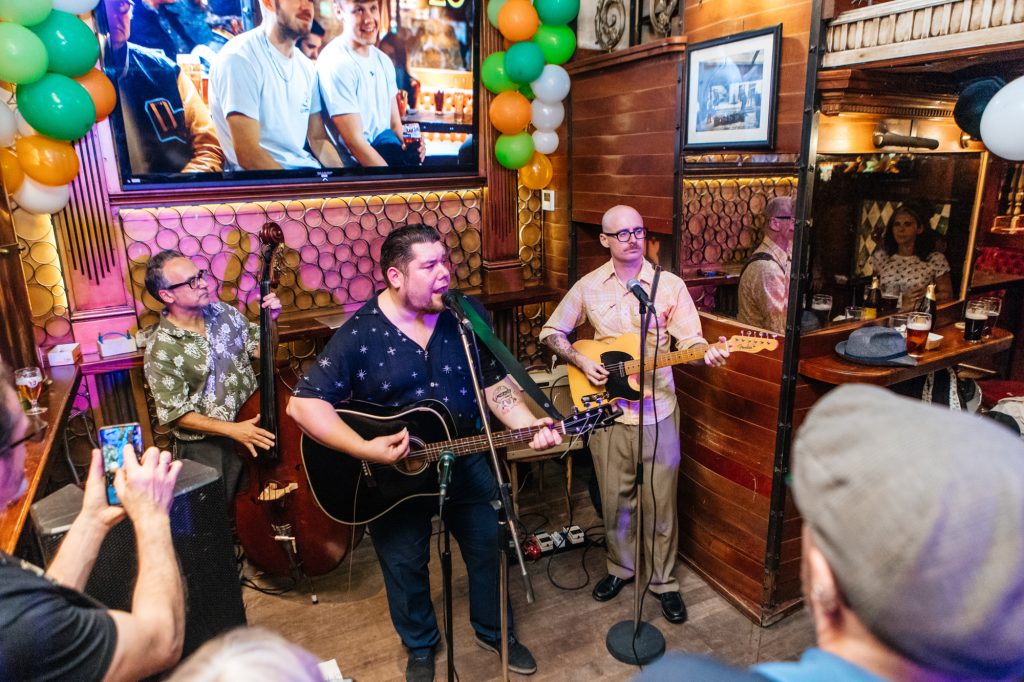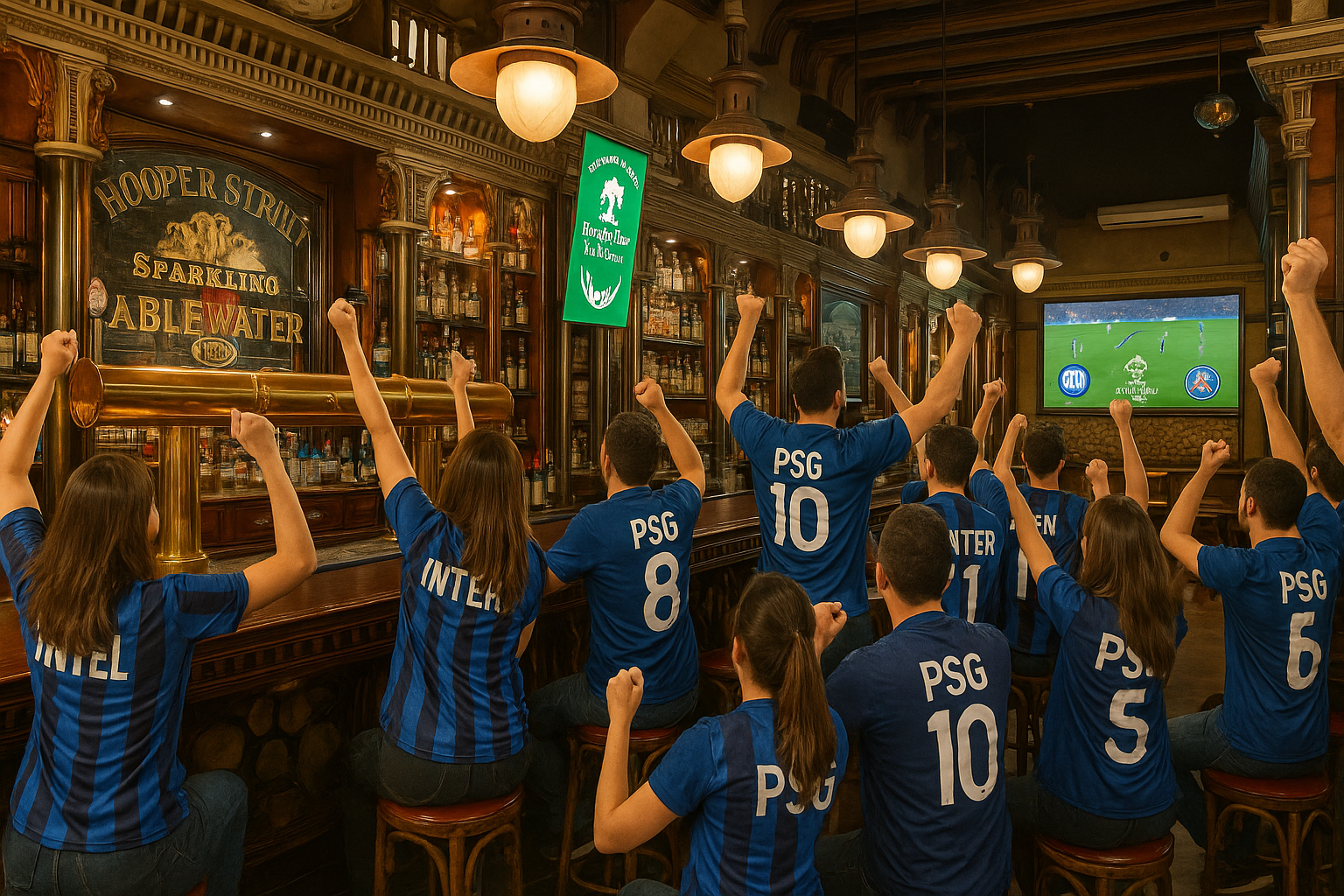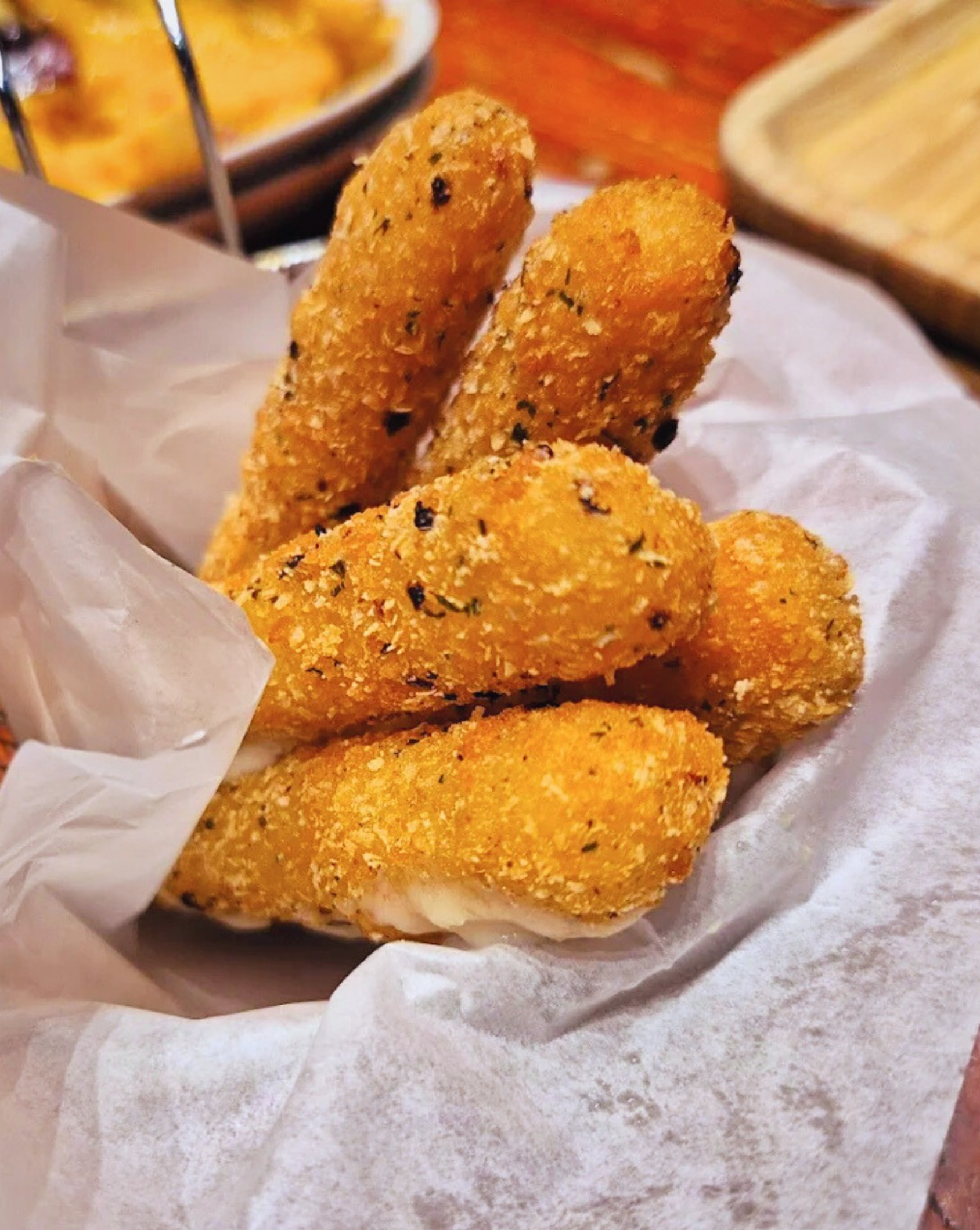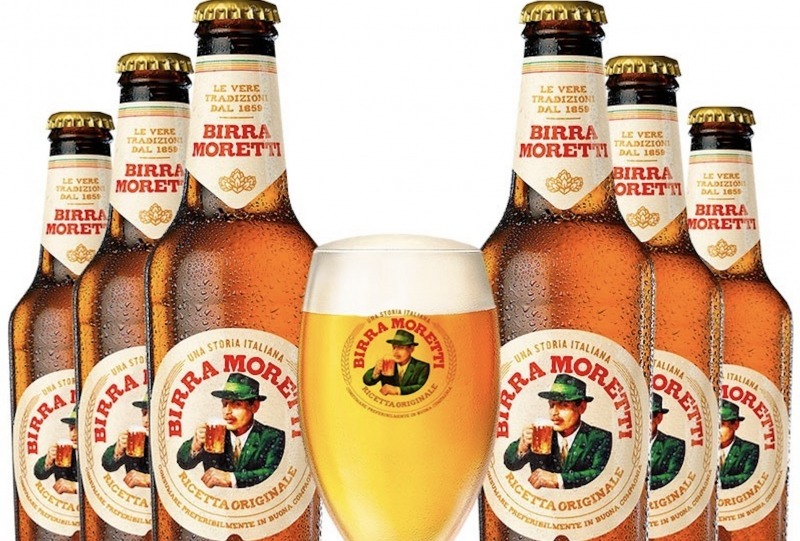What is it about Irish music that with just note makes us travel to their lands?
In Ireland there is a special passion for music, which has made them explain their history and their greatness. They are so fond of it that they even put a harp on their national coat of arms, being the only country in the world to have an instrument as an emblem.
Also, the 50 pound bills bear an image of the famous Irish harp composer, Turly O’Carolan (1670-1738).
In short, talk of Ireland is talk of music and celebration. That’s why today we give you 3 curious facts so you can enjoy Irish music.
1. Unique instruments
One of the keys to understanding the uniqueness of the sound of Irish folk music is the instrumentation. In fact, this factor is usually a determining factor in all folk music around the world.
Irish folk music is included in the well-known Celtic style, which is played in regions such as Scotland, Galicia or Asturias. Something that all these versions have in common is the instrumentation. Celtic music groups usually have some instrument in their group such as the fiddle, banjo, mandolin, accordion or harp.
However, Irish groups may also have some of these instruments, which add an extra to their identity:
Fiddle
Irish violin
Whistle
Wind instrument with 6 holes.
Lambeg Drum
Double-sided drum to be worn hanging.
Fife
Small and high-pitched flute
Bodhrán
One-sided drum held with one hand.
Uilleann pipes
Irish bagpipe
2. An origin from generation to generation
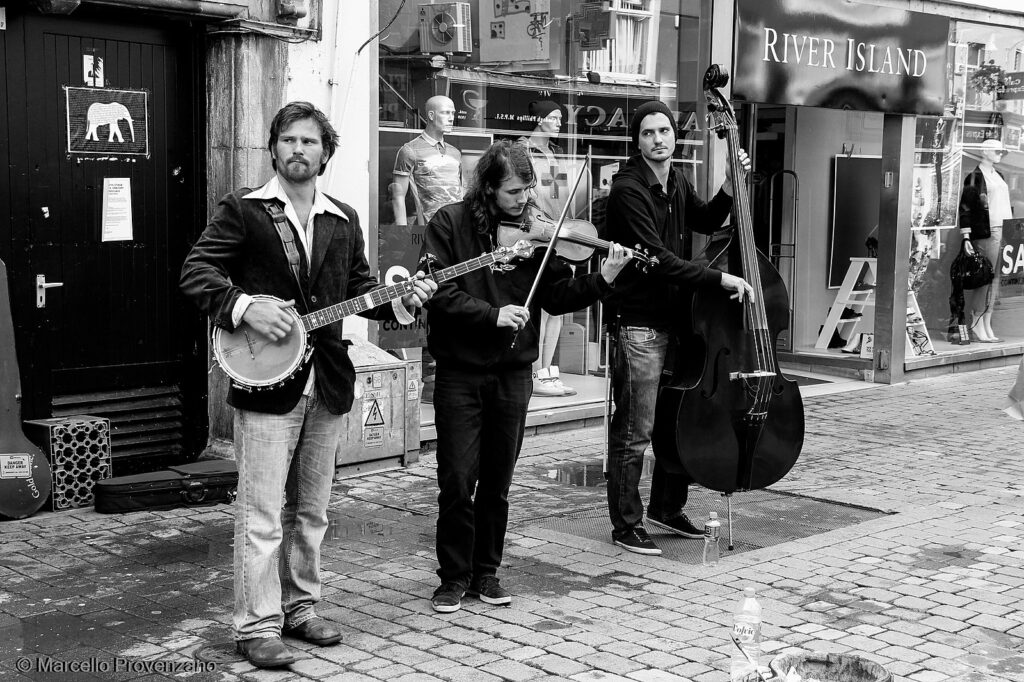
The origins of Irish folk music date back to the melodies that were sung between the eighteenth and nineteenth centuries in rural areas, and that were transmitted verbally from generation to generation.
However, from the 19th century onwards, there was an interest in transcribing these folk tunes. In fact, one of them has become an Irish soccer anthem, The Fields of Athenry.
The point of greatest success was acquired in the 1960s, when professional music groups took notice of this popular music. They began to pay tribute to it in “sessions” held in pubs. It ended up influencing different consolidated musical styles such as country, pop or rock.
3. Dance
In Ireland, there is no music without dance. Some of its dances have centuries of history and have an inseparable relationship with music.
However, if one moment marked the high point of Irish dancing, it was the Riverdance victory at Eurovision in 1994. Its popularity not only spread throughout Ireland, but it managed to cross borders.
This dance is known as céilí, and is danced in groups of 2 to 16 people. Its steps are usually fast and very complicated.
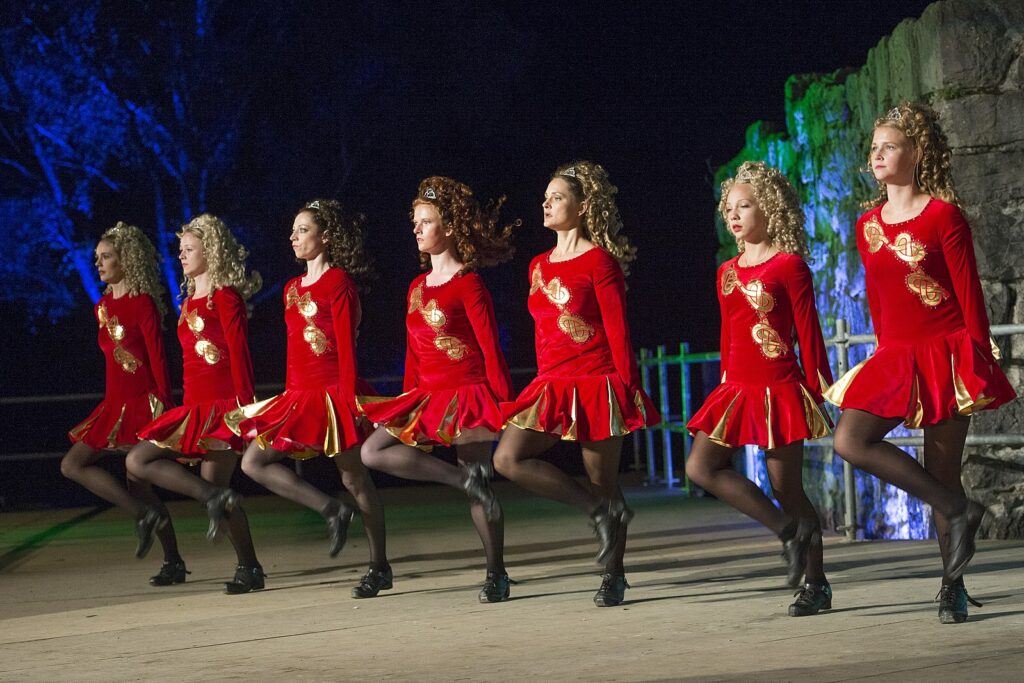
Come and visit us!
C/ Ferran, 6 - Barcelona (next to Rambla)
